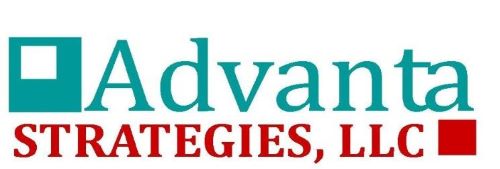EAT THAT FROG
1.Pomodoro Technique:
The Pomodoro Technique involves breaking your work into intervals, typically 25 minutes each, separated by short breaks. After completing four intervals, you take a longer break. This technique helps improve focus and productivity by encouraging you to work in short, concentrated bursts while allowing for regular breaks to rest and recharge.
2. Eisenhower Matrix:
The Eisenhower Matrix, also known as the Urgent-Important Matrix, categorizes tasks based on their urgency and importance. Tasks are divided into four quadrants:
– Urgent and Important
– Important but Not Urgent
– Urgent but Not Important
– Neither Urgent nor Important
This technique helps prioritize tasks effectively, ensuring that important tasks are not overshadowed by urgent but less important ones.
3. Time Blocking:
Time blocking involves scheduling specific blocks of time for different tasks or activities throughout your day. By allocating dedicated time slots for different activities, such as work, exercise, meetings, and personal tasks, you can better manage your time and ensure that each task receives sufficient attention. It helps minimize distractions and allows for better focus on one task at a time.
4. Getting Things Done (GTD) Method:
The Getting Things Done method, developed by David Allen, focuses on capturing all tasks and ideas into a trusted system, processing them, and taking action based on priority. The key principles include collecting all tasks and ideas into a single inbox, clarifying what each task entails, organizing tasks into categories or projects, reviewing them regularly, and taking action based on priority and context. This method helps reduce mental clutter and enables better decision-making about how to allocate time and energy.
5. Eat That Frog:
The Eat That Frog technique, coined by Brian Tracy, encourages tackling the most challenging or important task of the day first thing in the morning. By prioritizing and completing this task early, you build momentum and motivation for the rest of the day. It helps prevent procrastination and ensures that critical tasks are addressed promptly, leading to increased productivity and a sense of accomplishment.
Implementing these time management techniques can significantly improve productivity, reduce stress, and enhance overall effectiveness in managing your time and tasks.
How Humor Can Lighten the Room
A smile can make your design pitch twice as memorable. Humor, when done right, isn’t about being a comedian it’s about being human. A little laughter reminds everyone that design is supposed to bring joy, not stress. So the next time you walk into a presentation, bring your sense of humor along with your fabric swatches. You’ll leave behind not only a beautiful concept but also a positive impression.
Creating Connection: The overlooked power of eye contact
Eye contact is the designer’s secret to presence. It’s what transforms a presentation from mechanical to magnetic. Slides may show your ideas, but your eyes show your confidence and that’s what clients and audiences remember most.
Why Every Designer Should Practice Their Speech
In design, presentation is persuasion. When you practice speaking as much as sketching, you build trust, authority, and excitement around your ideas. A polished pitch can make the difference between a “maybe” and a “let’s do it.” Remember your voice is part of your professional toolkit. Use it well, and let it sell your vision as powerfully as your designs do.
NETWORKING …. WHAT HAPPENS AFTER
Networking is more about follow-up than first impressions.
Sound as Good as You Look
Trade shows can showcase your talent and brand but shouldn’t cost you your voice.
The Designer’s Elevator Pitch:
If you can’t explain your vision in a minute, you’ll lose the moment. In the world of design, opportunities often appear unexpectedly,a quick chat at a showroom, a brief meeting at a networking event, or a chance encounter with a potential...








